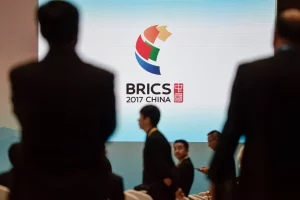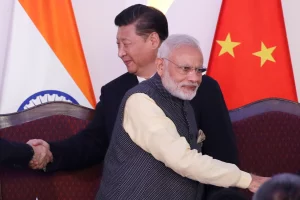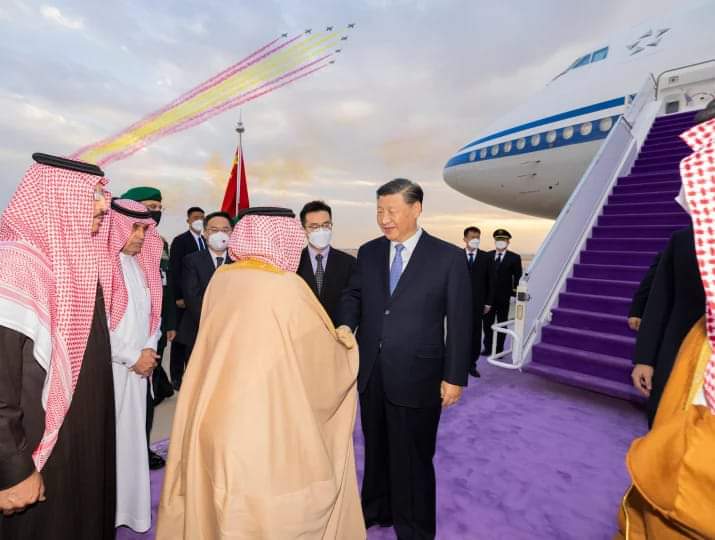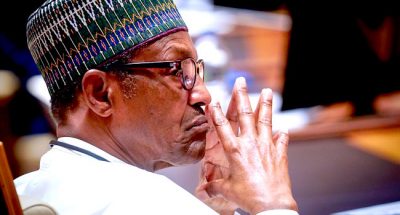*Middle and small powers in the developing world are increasingly seeking alliances to secure their interests amid a backdrop of great power competition
*New members could stand to gain handsomely from balancing or playing BRICS and the West off each other, but hurdles must be cleared before expansion can happen
By GENEVIEVE DONNELLON-MAY – First published 8 February, 2023
Following the decision by the BRICS countries to consider new members, Russian Foreign Minister Sergey Lavrov claimed that “more than a dozen” countries have expressed interest in joining the economic group comprising Brazil, China, India, Russia and South Africa.
Although the foreign minister did not name the interested countries, it may be noted that Algeria, Argentina, and Iran have applied to join BRICS. They are not the only potential new BRICS members as Afghanistan, Egypt, Indonesia, Saudi Arabia and Turkey are also interested in becoming members.
In a further demonstration of growing interest in joining BRICS, the finance ministers of a number of countries – Kazakhstan, Nicaragua, Nigeria, Senegal, Thailand and the United Arab Emirates – attended last year’s BRICS expansion dialogue.
Against a backdrop of Russia’s invasion of Ukraine and systemic competition between the United States and China, great powers as well as middle and small powers are seeking alliances and securing strategic interests. As the potential BRICS expansion demonstrates, this is made more complex by great power competition. In this context, the expansion of BRICS has led to questions about its potential geoeconomic and geostrategic implications.
At present, the five members are home to almost 30 per cent of the world’s total land surface and 41 per cent of its population. They contribute 16 per cent to world trade and around 24 per cent to global GDP.
While BRICS members are not well-represented in the global financial system, their collective GDP could reach half of global GDP by 2030. With the potential inclusion of new countries, it is not unreasonable to imagine this will happen much quicker than expected.

Delegates arrive prior to the opening ceremony of the BRICS Business Forum at the BRICS Summit in Xiamen, Fujian province, China, on September 3, 2017. Currently the five BRICS members contribute 16 per cent to world trade and around 24 per cent to global GDP. Photo: EPA
An expanded, resource-abundant BRICS could account for more than half the world’s population, including countries with younger populations and rapid population growth. The economic group would also hold 60 per cent of known global gas reserves, 45 per cent of known global oil reserves and significant quantities of natural resources such as water and rare earth minerals.
An expanded BRICS could support plans for greater connectivity among current and potential future members. For instance, Indonesia’s ambition of forming an Opec-like group for nickel could become part of a greater BRICS collective for critical and rare earth minerals. This could strengthen transport, energy supplies and trade between these countries, as well as with other economic blocs and multinational organisations of which potential new BRICS members are a part.
Additionally, the diverse locations of the potential new members and proximity to global chokepoints could result in BRICS countries having greater control over existing supply chains or potentially forming new ones. Doing so would help countries expand their influence and that of the grouping throughout the world and also help create alternative global political, economic and security structures.
BRICS has faced criticism, notably over its absence of clear, unifying principles and a shared vision for managing the global order.
Also, some of the current and potential members are facing internal issues such as unstable economies and diplomatic isolation, different levels of economic development and geopolitical rivalries. These could make it more challenging for governments to maintain power domestically and achieve cohesion within the bloc.

A nickel smelting facility in Konawe, Southeast Sulawesi, Indonesia, in this picture taken in September last year. An expanded BRICS could potentially support plans for greater connectivity, such as a collective for critical and rare earth minerals. Photo: AFP
Nonetheless, BRICS members do share interests such as multipolarity and the potential for de-dollarisation. The five current BRICS members are considering a single common BRICS reserve currency, a potential rival to the US dollar and the IMF’s Special Drawing Rights currency. This could enable BRICS members to expand their influence in the global financial system by offering an alternative global payment system.
For China and Russia in particular, the inclusion of new BRICS members supports their shared ambitions for a multipolar world and de-dollarisation. Both countries are eager to protect their interests from their geopolitical and geoeconomic rivalry with the US and avoid further sanctions.
At the same time, this could support Beijing’s ambition of becoming the leader in multilateral organisations. In this context, Beijing’s push to reshape and expand BRICS under its leadership could be seen as an attempt to reduce New Delhi’s regional and growing global influence.
For potential new BRICS members, joining the bloc could offer opportunities to support the rise of multipolarity and an economic bloc which could better serve their interests while systemic US-China competition remains in the background. It could also enable these countries to secure their own interests by balancing or even playing the West and BRICS off each other to their advantage.

Indian Prime Minister Narendra Modi and President Xi Jinping shake hands with leaders at the BRICS summit in Goa, India, on October 16, 2016. As China proposes expanding the bloc’s membership, some are questioning whether the club of fast-developing nations is still viable given diverging paths and sharp rivalries among members. Photo: AP
While these activities could divide countries into supporting the West or a China-Russia partnership through BRICS, the rise of India and its position in the global order could change this. For instance, India could continue its quest to become a third pillar in a multipolar world, support the West or form a trilateral group with Russia and China, bringing together three of Eurasia’s largest economies.
BRICS expansion appears to promise much with its grand ambitions. In addition to bringing forth a multipolar world, a larger BRICS group could have greater control over key trade routes and exports. Alternative supply chains and trade routes as well as another global financial system would support these ambitions, further fuelling competition with the West.
However, many uncertainties remain before this can be achieved. For several potential members, various interlinked domestic crises need to be resolved before membership is possible. Meanwhile, for other potential members, regional rivalries need to be put aside to ensure membership.
*Genevieve Donnellon-May is a master’s candidate in water science, policy and management at the University of Oxford
Source: https://www.scmp.com/comment/opinion/article/3209345/brics-expanding-saudi-arabia-indonesia-and-beyond-holds-promise-challenges-remain




